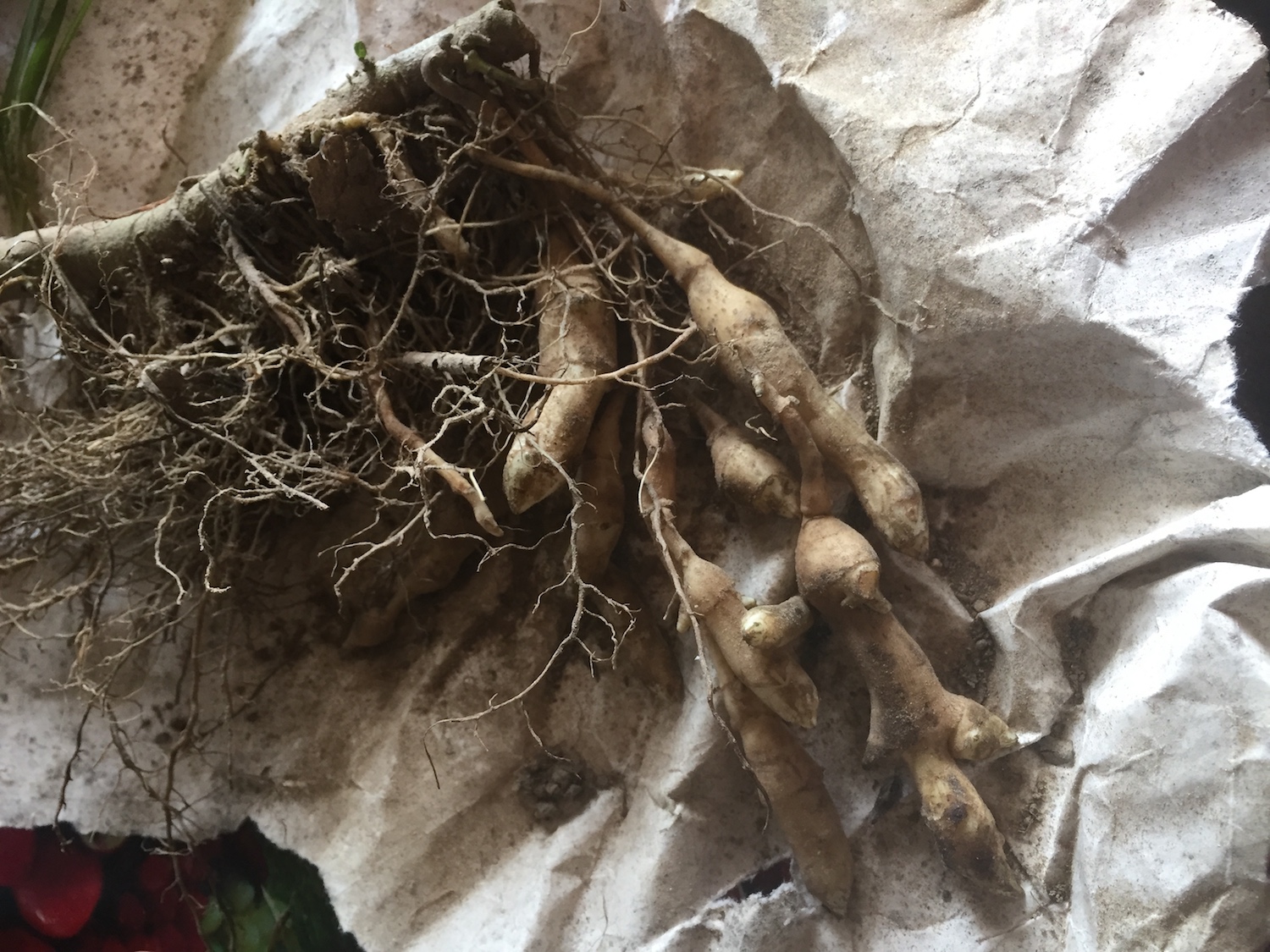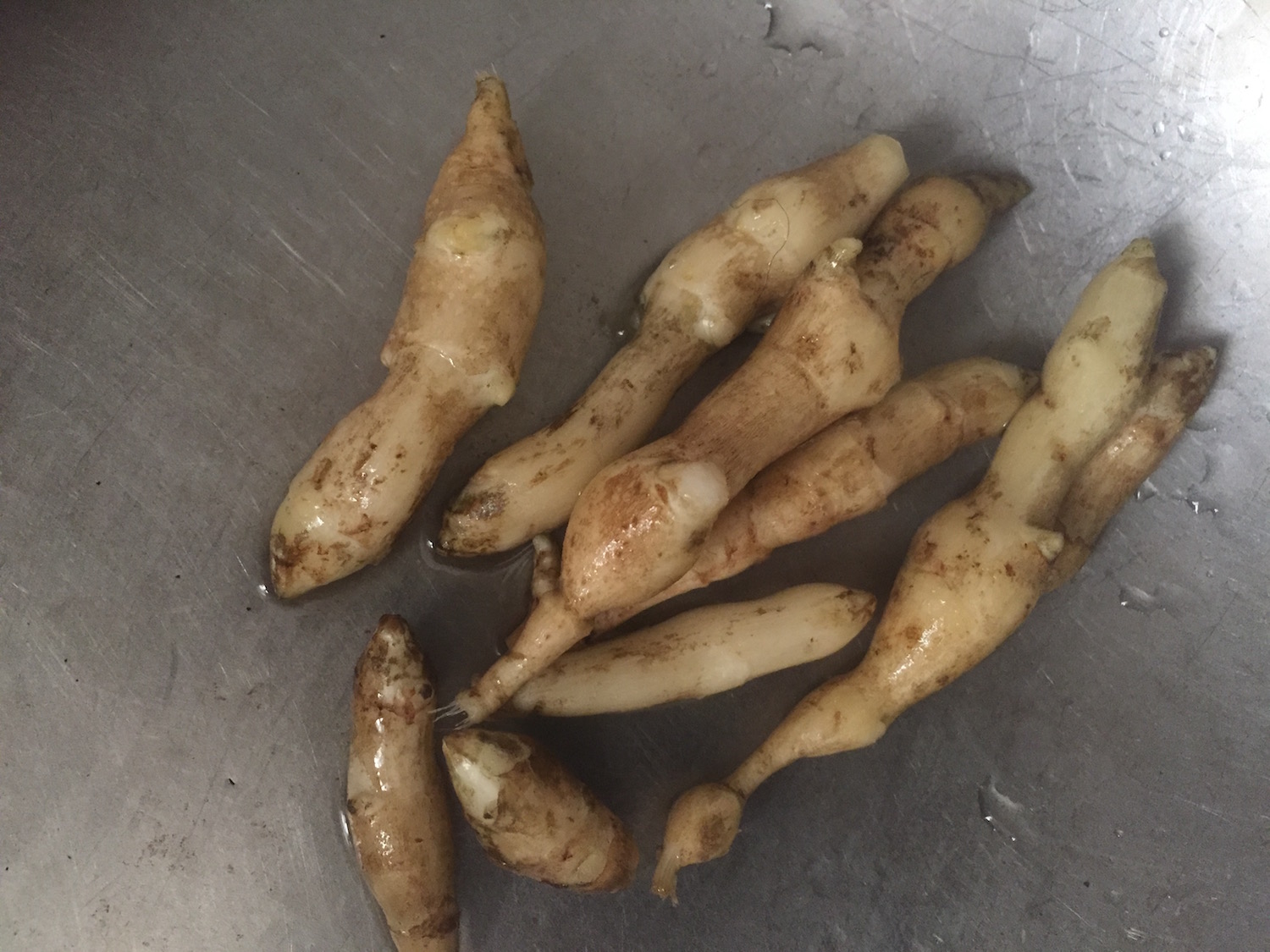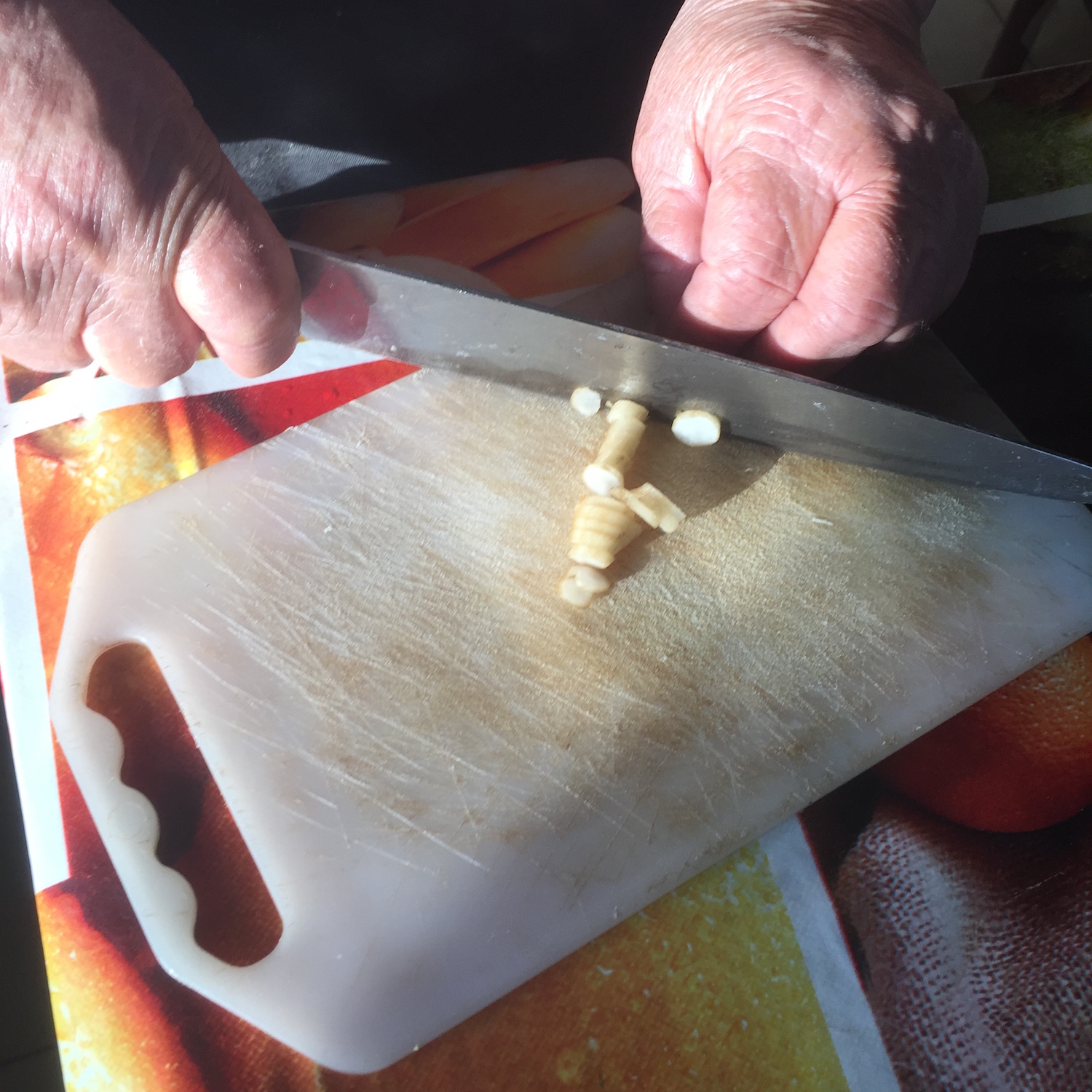Wild Jerusalem artichokes, or as we know them here: Tapinabò
There are stories form the world that speaks of land and relationships, I'd like to share one with you from the lowlands of piedmont, a region of deep soils at the foothills of the western alps in northern Italy.
This story relates to Helianthus tuberous, widely known in english as jerusalem artichoke, locally known as tapinabò.
This is a tall annual, closely related to sunflowers, most famous for its tubers, or potatoes.
At the end of autumn they are traditionally harvested and eaten as a wild produce in dishes usually served with polenta.
I recently found an old recipe on a Slow Food publication: Erbe Spontanee a Tavola.
This interpretation of the wild offering by Luigina Capra takes advantage of the old ways, bringing this much respected seasonal treat back onto the table.
Ingredients:
4-6 people
Half a kilo of tabinabò
milk
100gms of parnesan
100gms of butter
salt and pepper to taste
Method:
Clean the tapinabò thuroughly ad peel. Slice and boil in milk. Make sure to cover the tapinabò with milk and boil until the milk is all absorbed.
Melt the butter in a baking dish, place the cooked tapinabò in a single layer, add salt to taste and cover with parmesan.
Roast in a preheated oven at 180 degrees until golden.
Serve hot.




